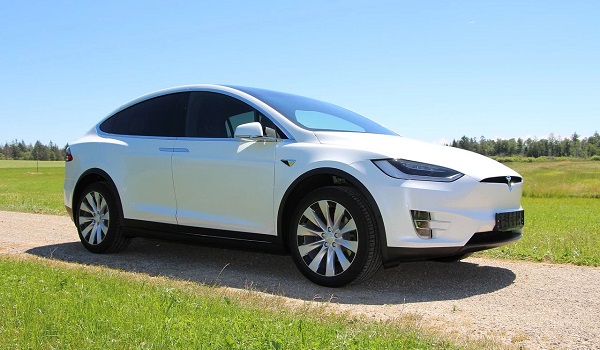As much as we hear about smart and self-driving vehicles these days, they have yet to make it to mass market. Certainly, there are certain cars in the EV market with intelligent capabilities; some of them will more or less drive themselves, at least in some situations. And we know that there are cars in development that can fully handle themselves. As of 2020 though, the technology isn’t quite where it needs to be to inspire mass market adoption (let alone changes to laws and regulations that would make fully autonomous vehicles legal). It is difficult to say in full what’s needed to get us to that point. But the following are three technologies that still need to be refined and perfected if we’re to move toward smarter vehicles.
1. Comprehensive Visual Sensors
As of now, autonomous vehicles depend on a number of different kinds of sensors. There’s standard radar, which can recognize the speed of surrounding vehicles; there are cameras that monitor surroundings in real time; and there’s advanced technology called Lidar, which Wired wrote about as a key component of self-driving cars — so cheap it could make such vehicles “a reality.” Unfortunately, none of these sensor options seems to be fully up to the task of gauging an autonomous car’s surroundings. In The New York Times’ look at newer sensors, limitations for each of these options were pointed out, and it was stated that “autonomous cars still can’t see well enough to safely maneuver in heavy traffic.” The same article was making the case for brand new infrared cameras that can recognize and distinguish between objects (such that they can tell the difference between, say, cars, traffic cones, and pedestrians). We don’t know just yet if this is the answer, but it’s clear that more comprehensive sensors are required for autonomous vehicles to operate as they need to.
2. More Capable Batteries
Car batteries have become more of a focal point among interested consumers in recent years, largely because of their implications for electric vehicles. We remarked on a new electric car batter from GM earlier this year, for instance, and it has generated a fair amount of excitement. Supposedly, the battery can outperform Tesla when it comes to driving range, allowing for 400 miles (as opposed to the Tesla Model S Long Range’s 390). It’s likely that we’ll continue to see some one-upping among EV manufacturers seeking to conquer this emerging market. However, advancement of autonomous vehicles will likely require a more in-depth evolution of car batteries. These cars simply ask more of their batteries, which means said batteries have to be capable of generating significant, safe power without malfunctioning. Overheating is of particular concern, and is already a key focus of electrical engineers designing battery casings and printed circuit boards for use in automobiles. A detailed overview of metal core PCBs by Altium speaks to one potential solution; the use of metal cores in electrical components can help them to conduct heat efficiently, thus potentially allowing a more powerful battery to operate safely. But optimizing this sort of technology for use in high-end autonomous vehicles is still a process.
3. 5G Internet
5G is less a vehicle component and more of a general technological development. With that said however, it’s extraordinarily important to the safe and widespread deployment of smart, self-driving cars. Simply put, intelligent vehicles will only be adequately safe if they’re able to communicate with one another and with their surroundings, and this — to some degree — requires constant, reliable connectivity. That’s something that emerging 5G networks can offer, but they’re not there quite yet. As stated in ZDNet’s post on 5G and autonomous vehicles, “5G mobile networks are still in the early stages of deployment,” with carriers investing billions but connectivity still nowhere near the ultimate goals. That’s simply not good enough for safe autonomous vehicles, though the same post does note that this might not matter. If other technology progresses to the point that cars can drive safely, they may only rely on network connections somewhat superficially. Altogether, it does appear as if we’re moving toward a reality of widespread autonomous vehicle usage. Whether this happens in five years or 15 though will depend on technologies like these, and how quickly they progress.
